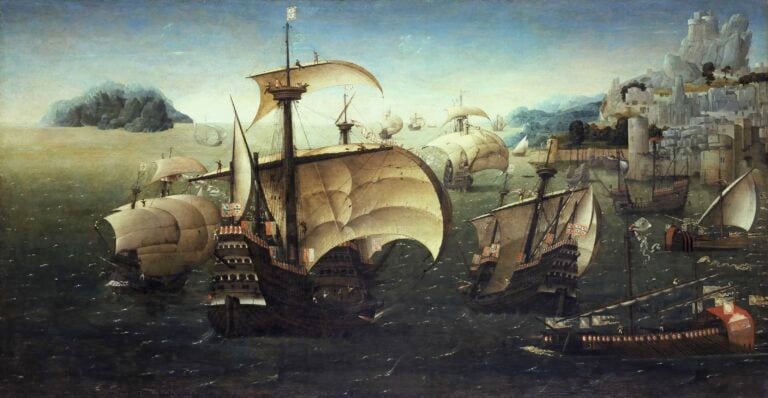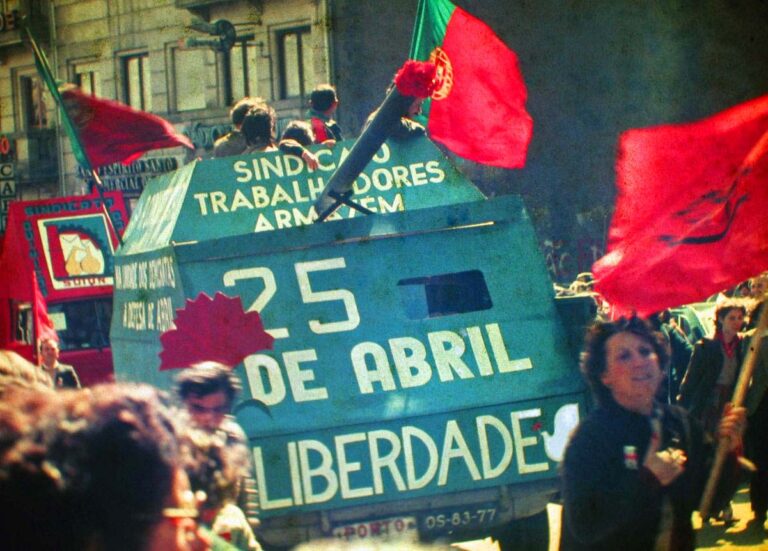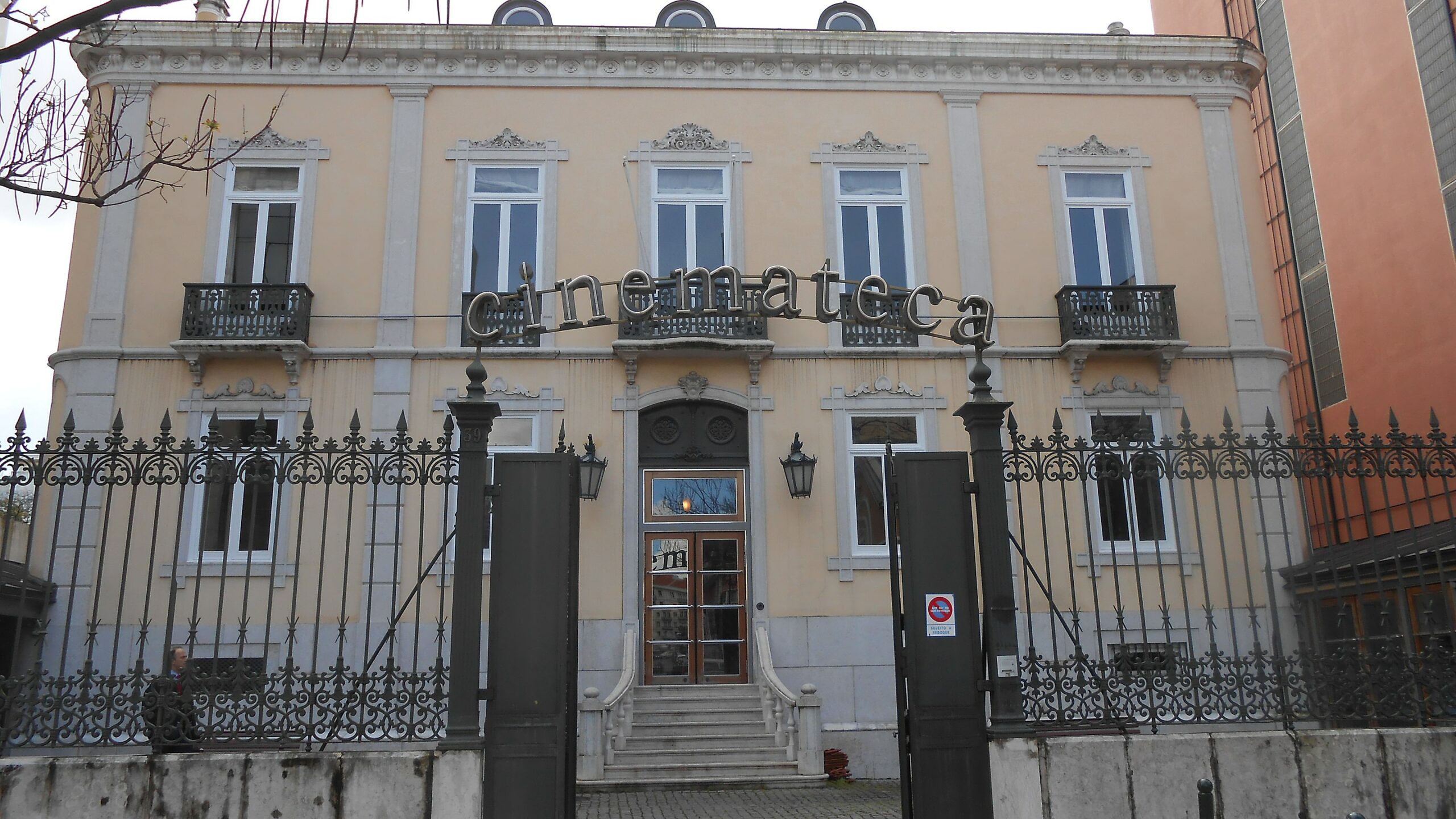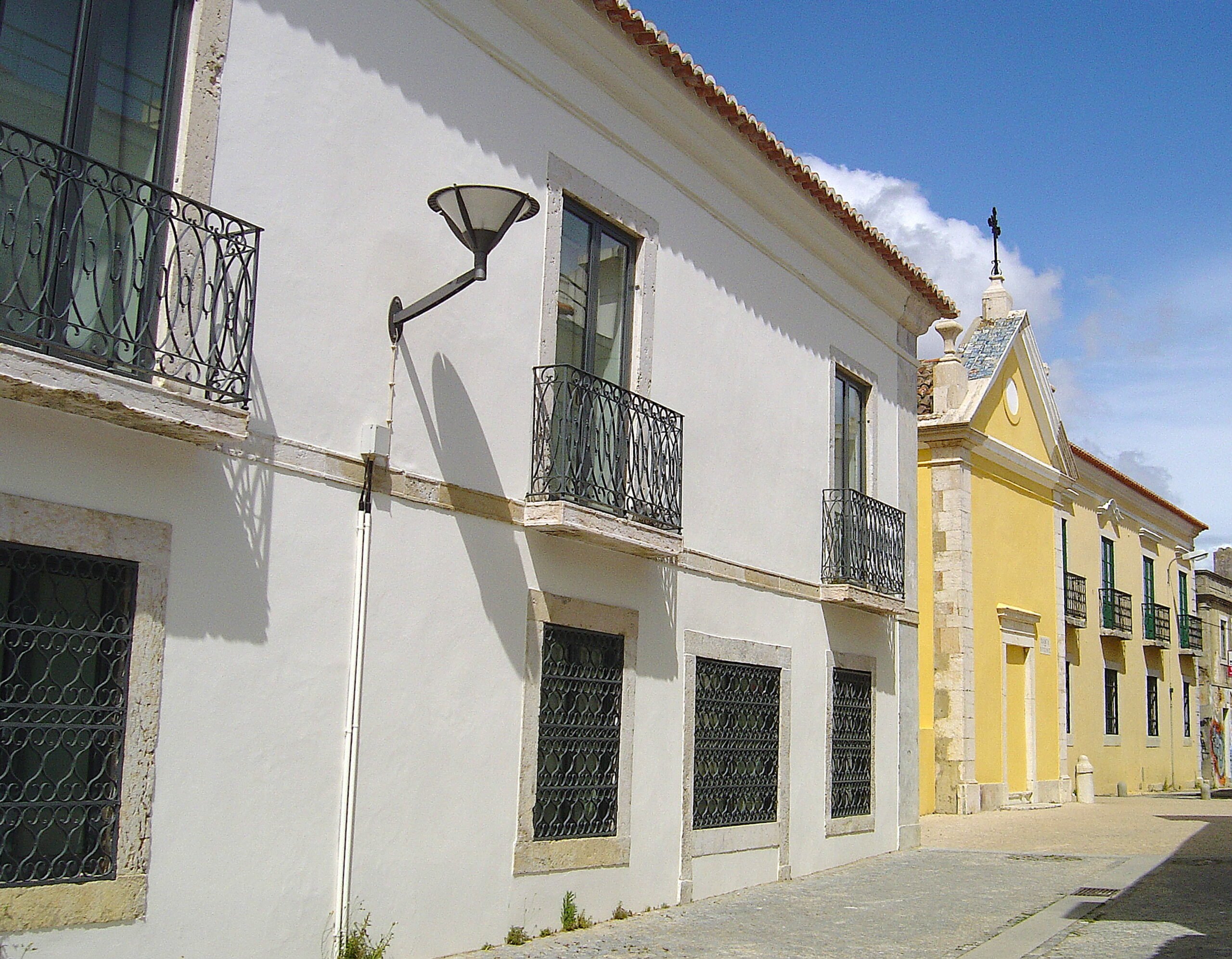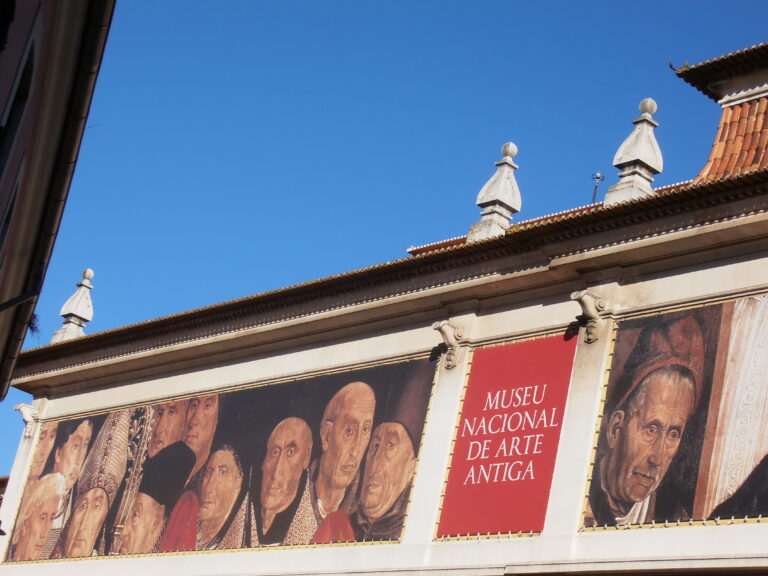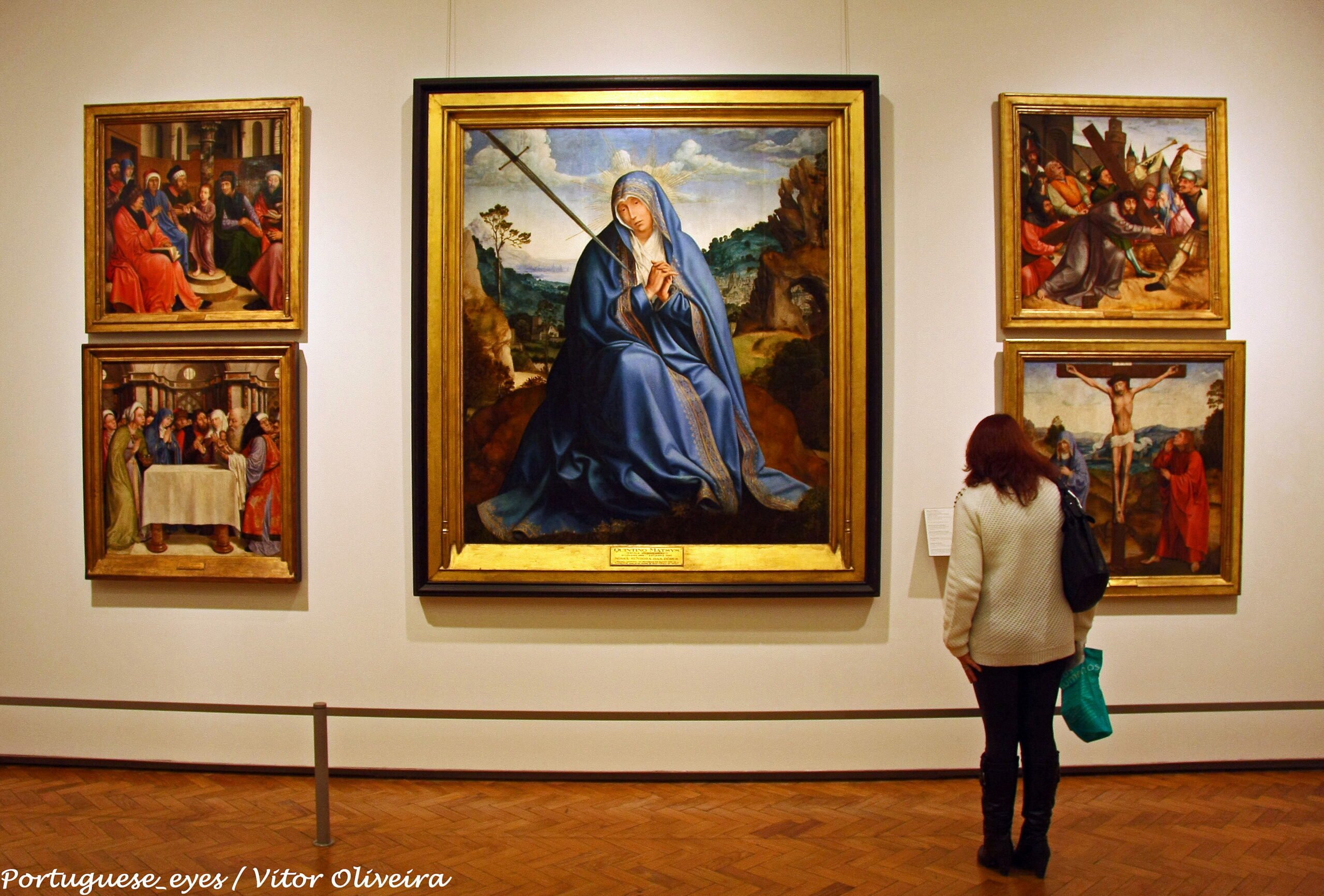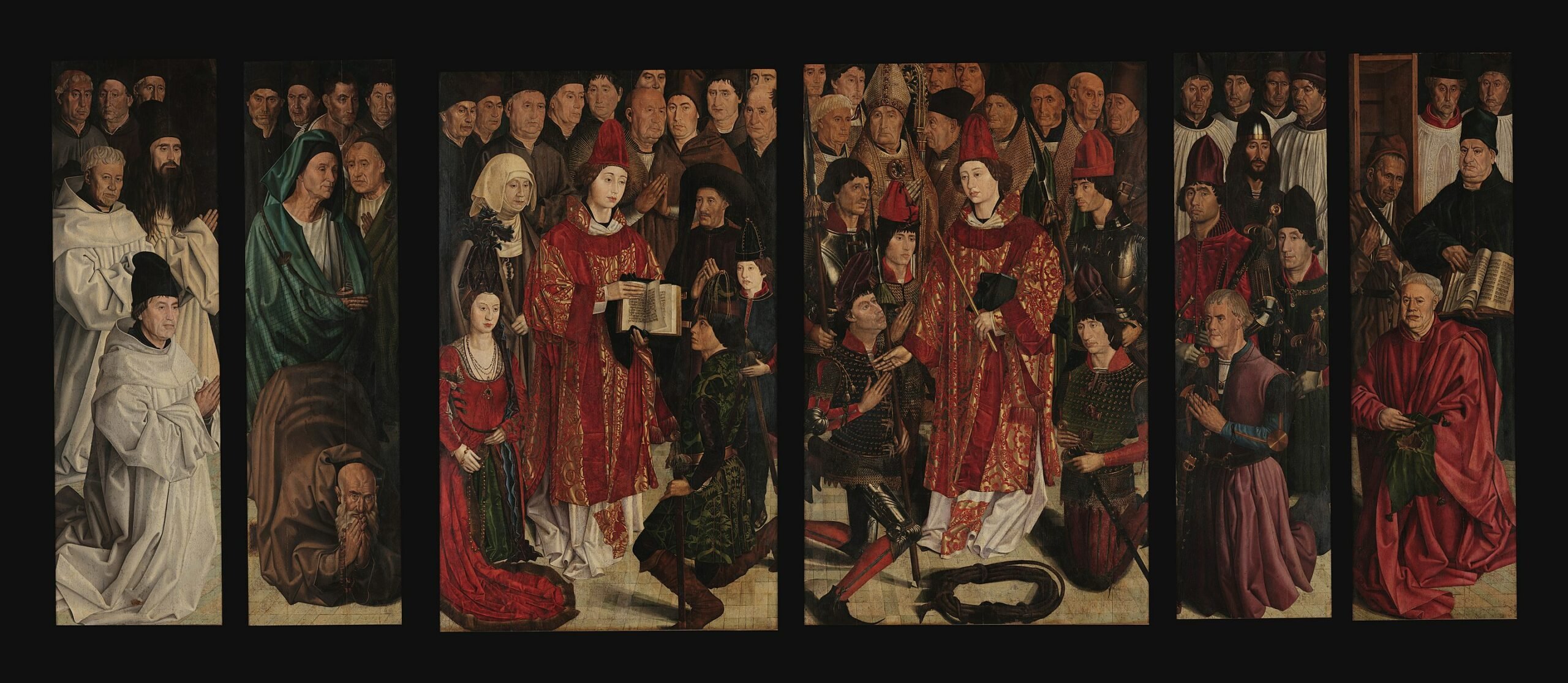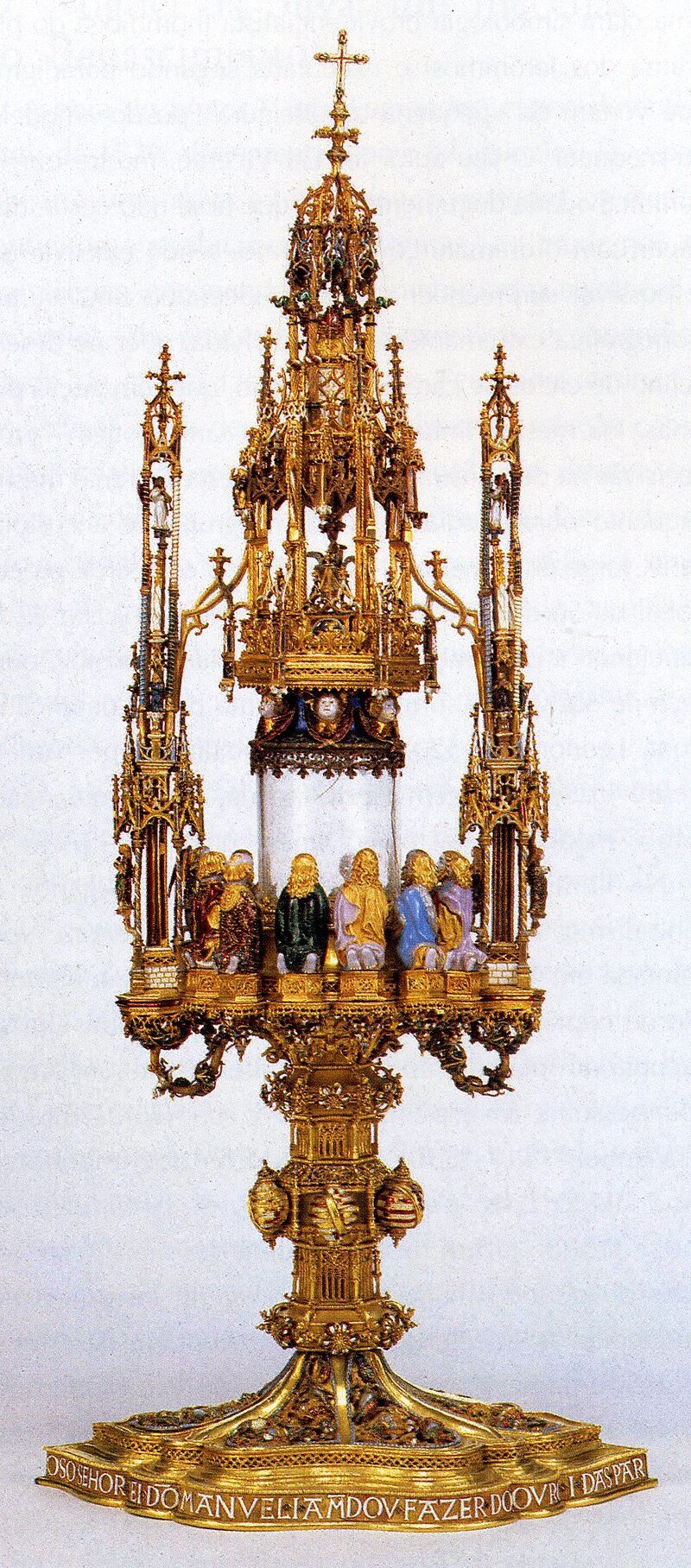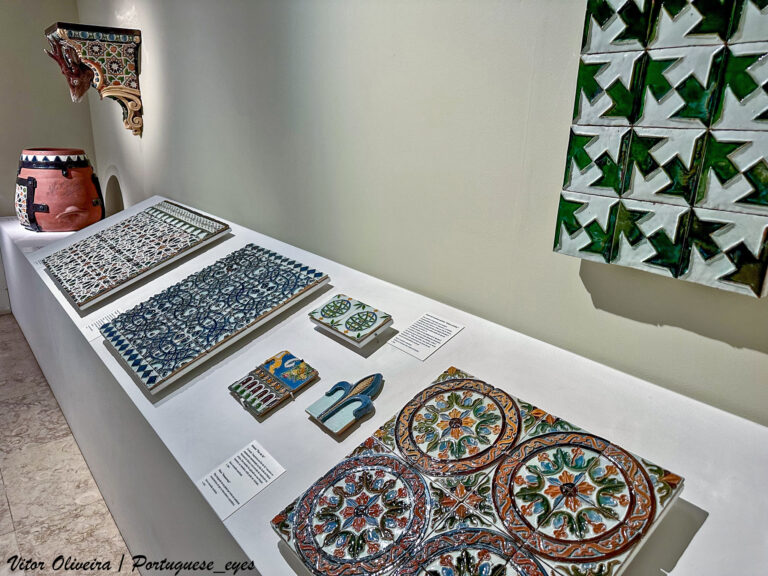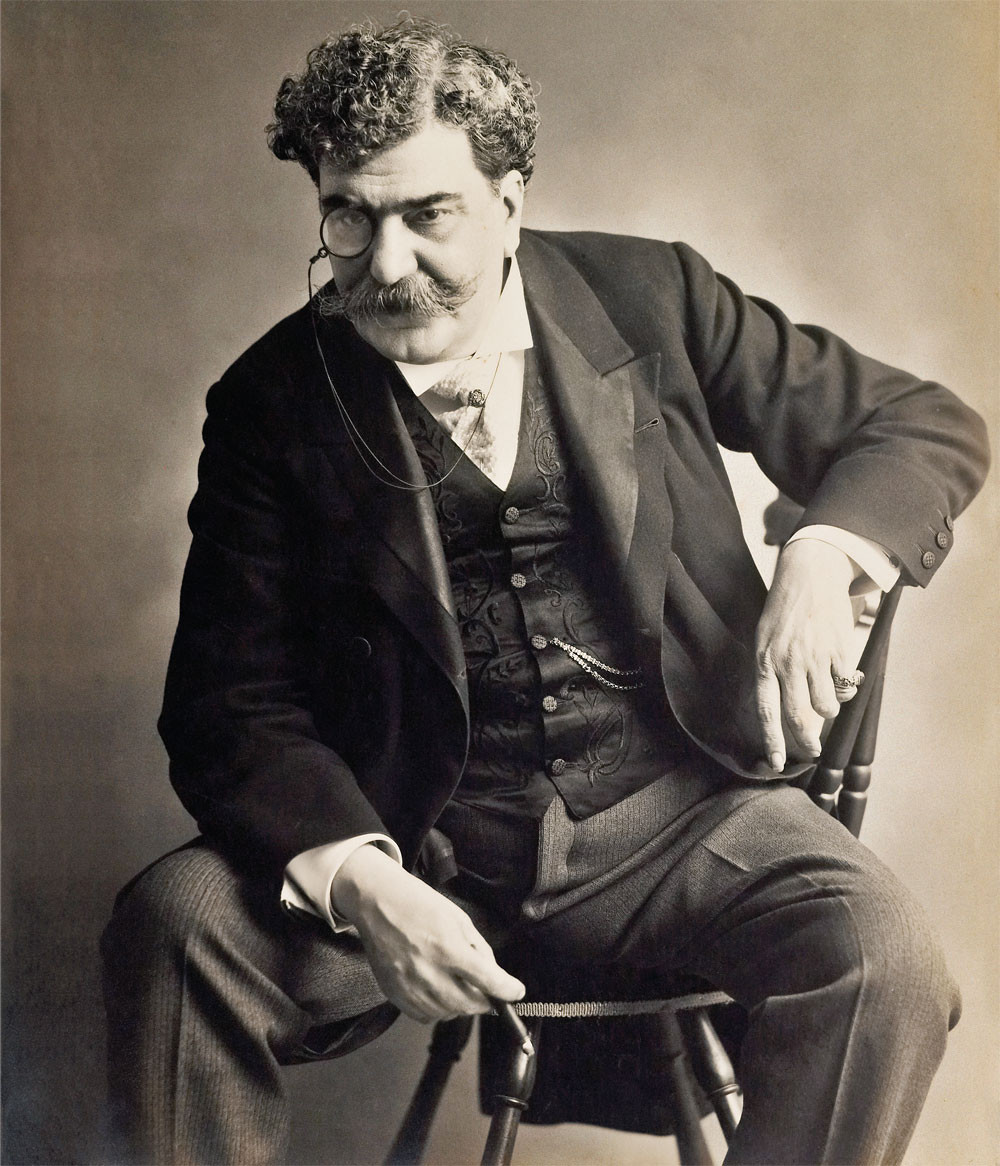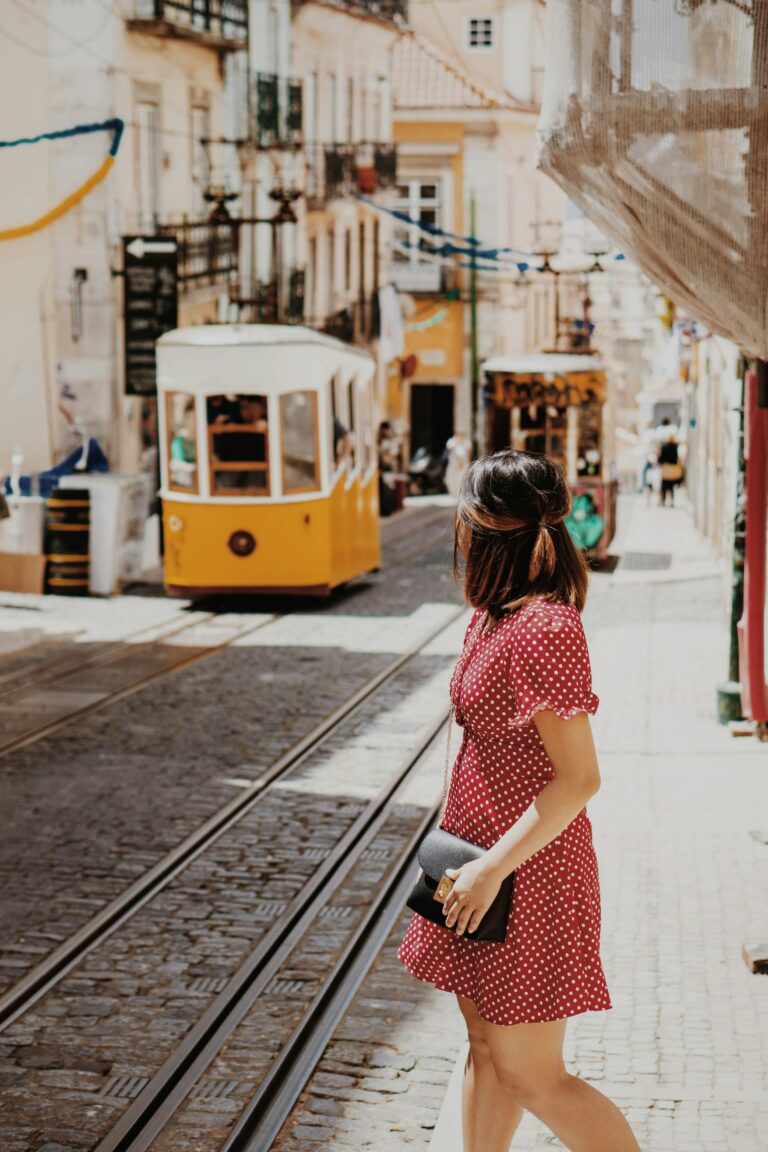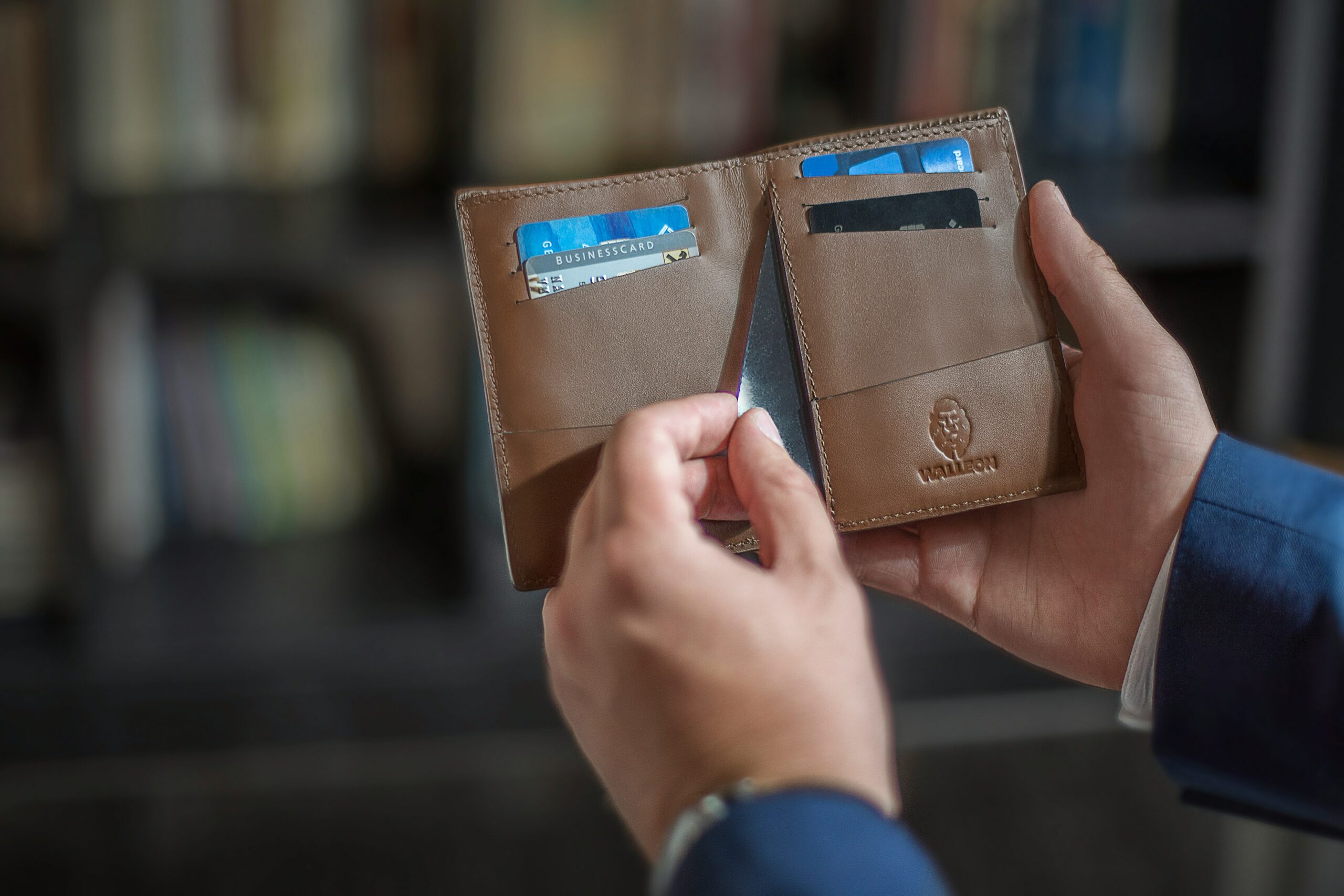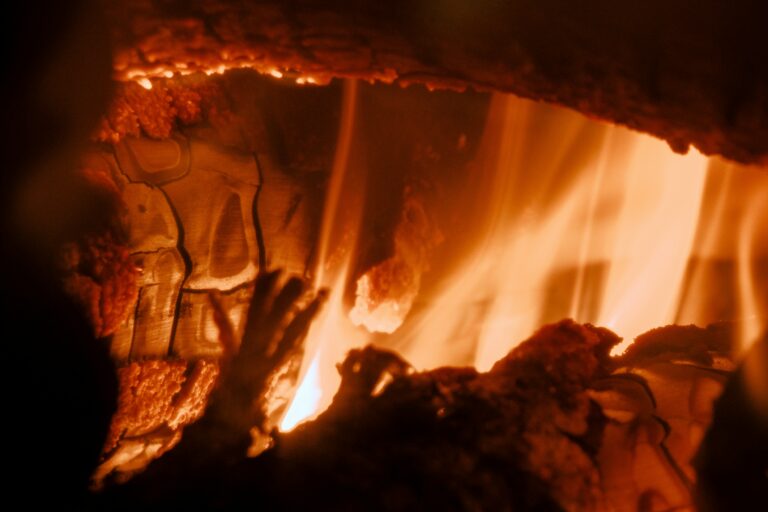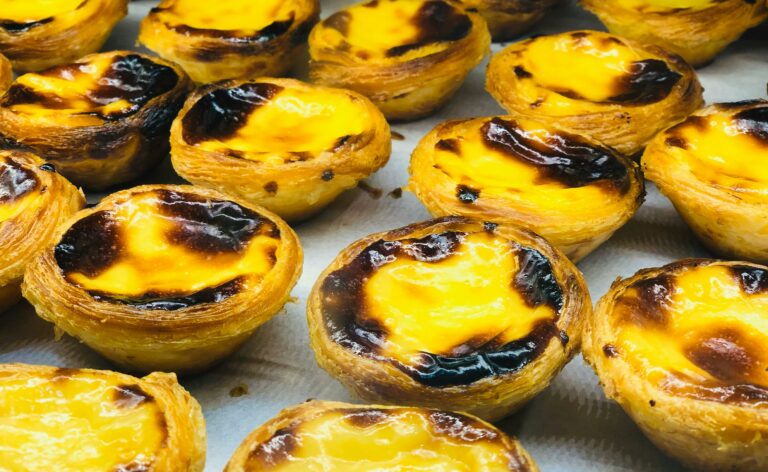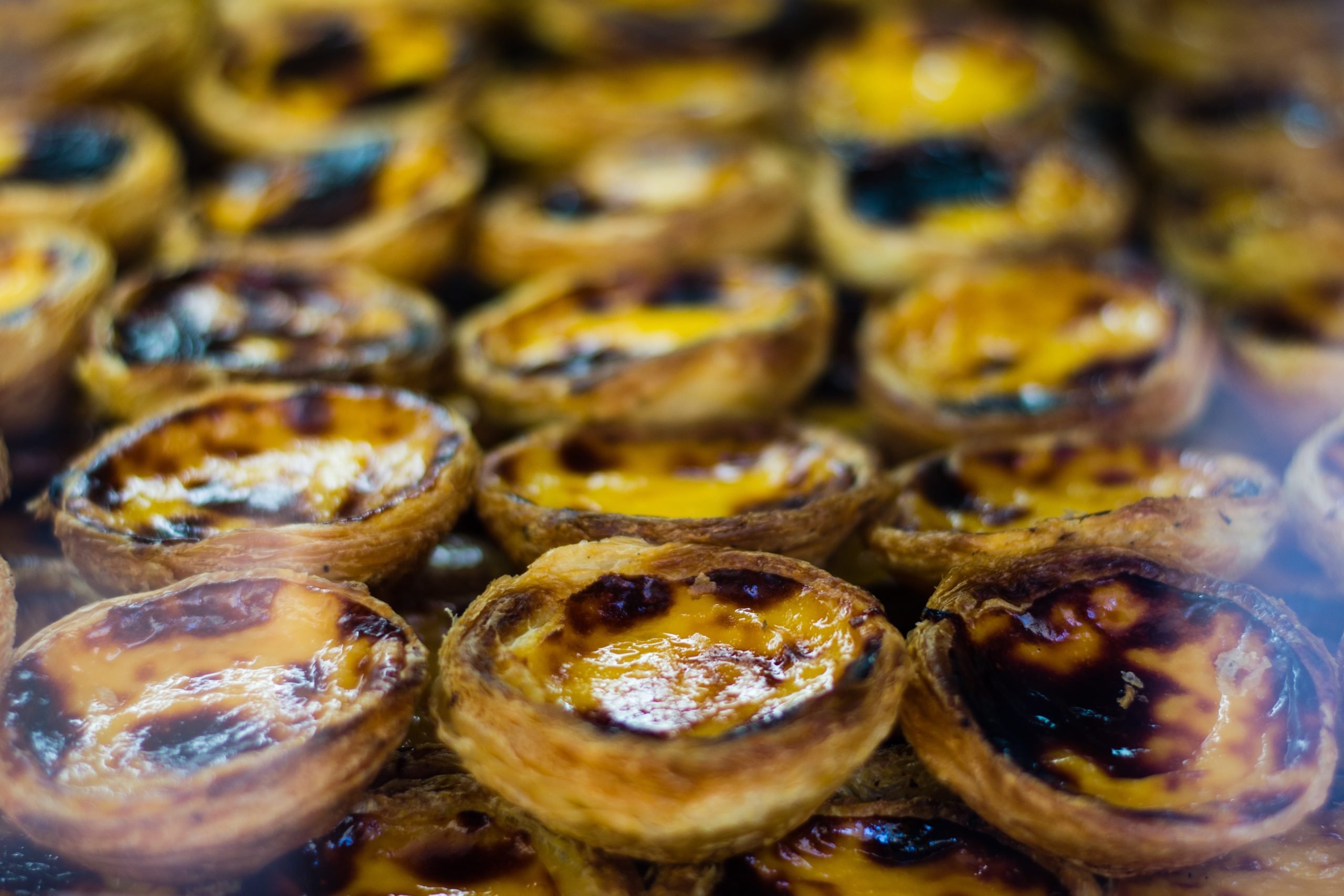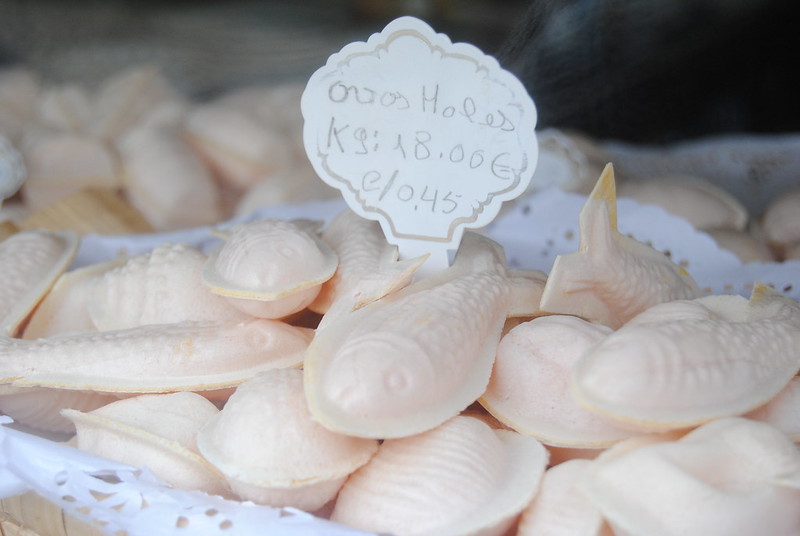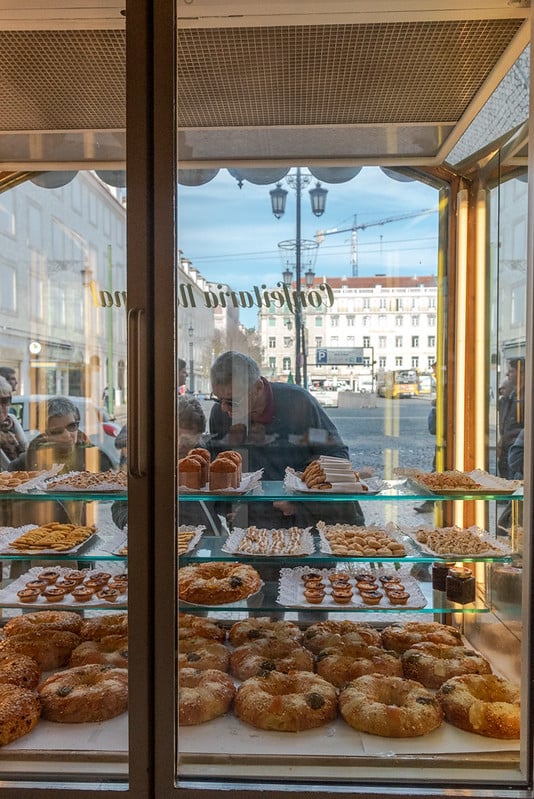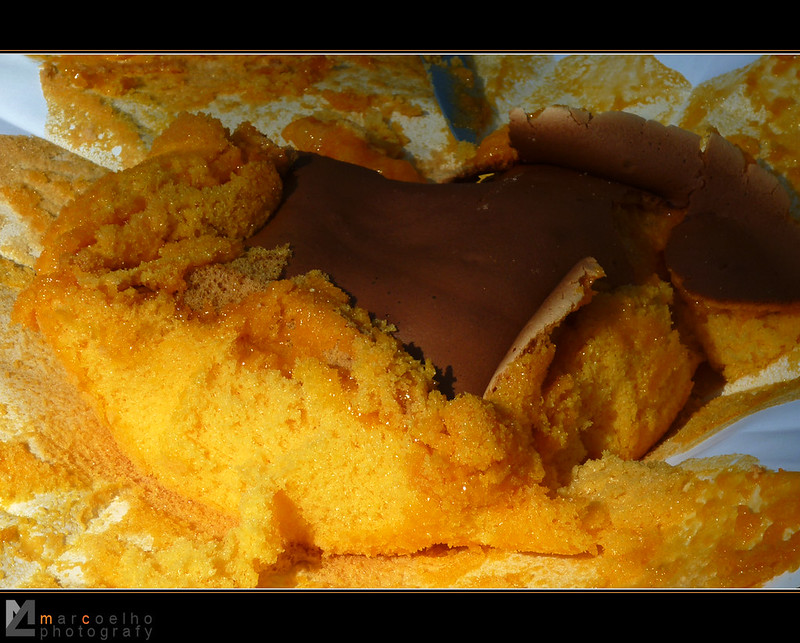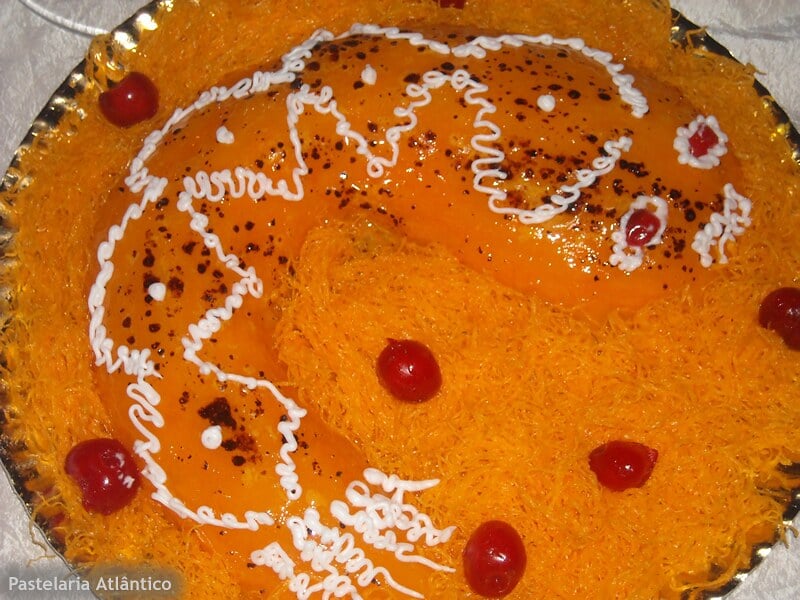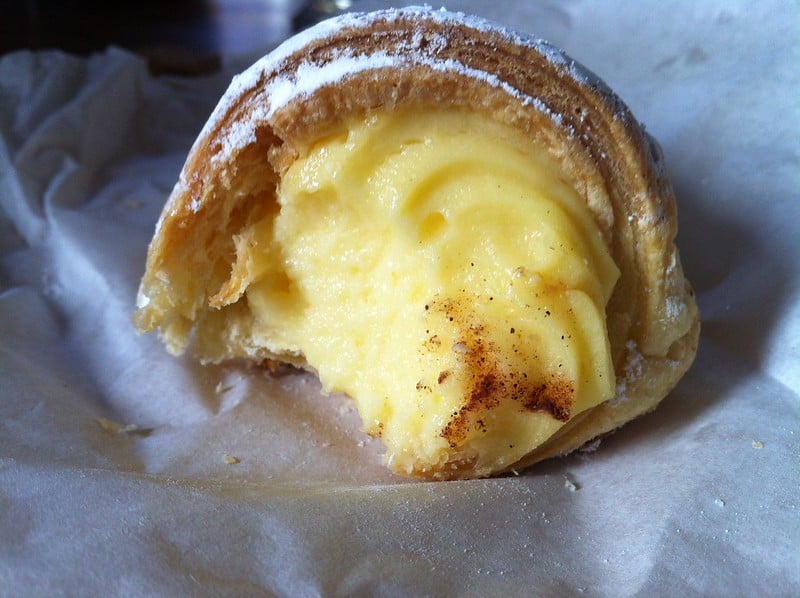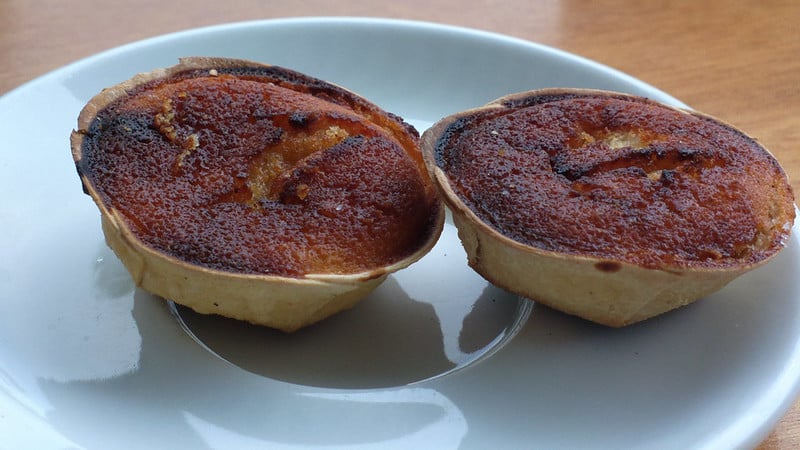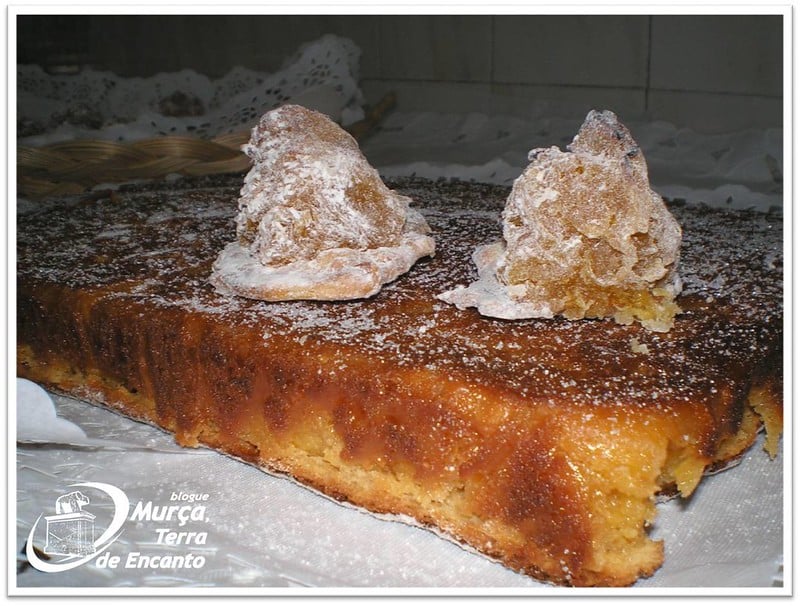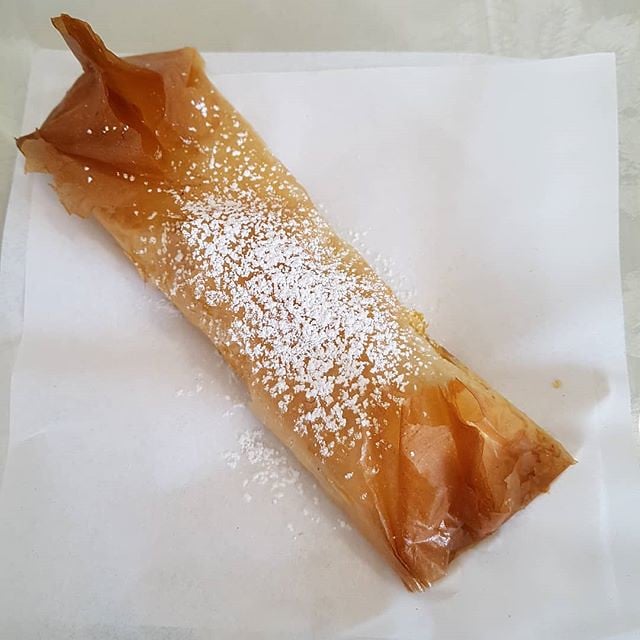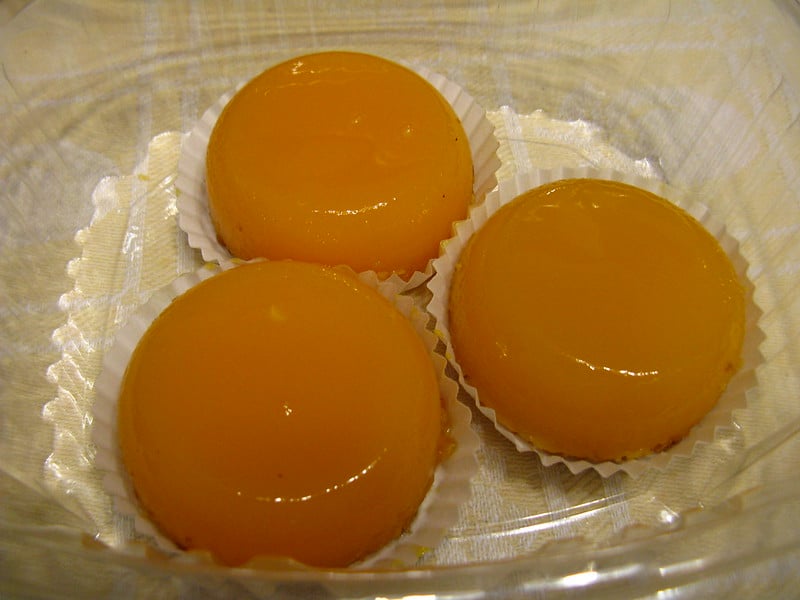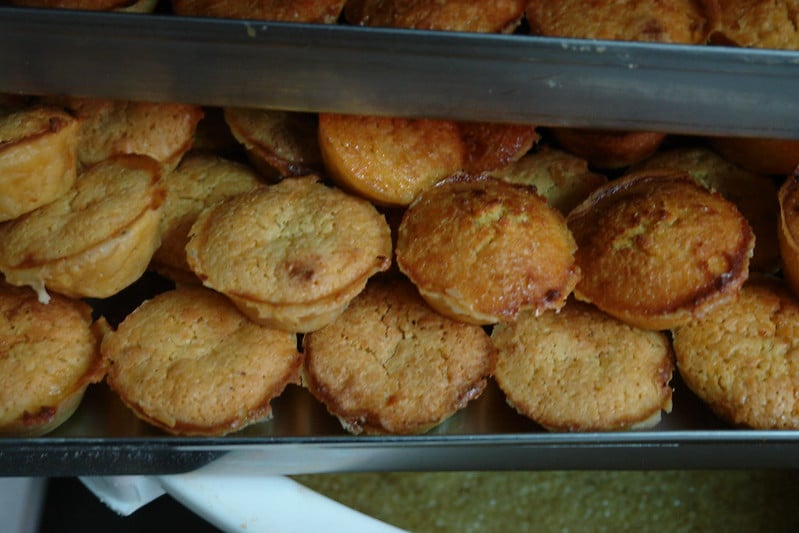Throughout centuries of history, countless Portuguese navigators and explorers explored new territories and continents, leaving an indelible legacy for future generations. Their intrepid journeys and daring discoveries opened up new horizons and connected distant civilizations, shaping the course of world history.
Over time, a myriad of Portuguese have transcended borders and challenges, leaving their mark on the world through daring explorations and an intrepid spirit that echoes to this day. Their remarkable deeds echo down the ages, inspiring us to seek out new paths and embrace the unknown with courage and determination.
Although navigators are the most recognized and celebrated, Portugal’s history is also enriched by a diverse gallery of explorers who mapped vast areas of hitherto almost unknown continents, exploring wild lands in Africa, South America and beyond.
These brave adventurers played a vital role in expanding geographical knowledge and understanding of the world and the territories we inhabit. In this article, we’ve put together a selection of the most prominent Portuguese explorers of all time, whose contributions continue to inspire and fascinate to this day.
João Gonçalves Zarco
He played a key role in the Age of Discovery. He took part in the capture of Ceuta in 1415 in the service of Prince Henry the Navigator. Subsequently, he was appointed commander of a vessel to patrol the south coast of Portugal in order to combat the frequent attacks by Barbary pirates. His maritime skills led him to recognize the island of Porto Santo in 1418 and the main island of Madeira in 1419, together with Tristão Vaz Teixeira.
Convinced of the advantages of establishing a colony in Madeira, Zarco and his fellow navigators returned to the island with Bartolomeu Perestrelo in 1419, beginning the colonization process. Zarco received the Captaincy of Funchal in 1450, granted by Prince Henry the Navigator. He also took an active part in the siege of Tangier in 1437, being knighted by the Infante.
Granted by King Afonso V in 1460, Zarco adopted the surname “Câmara”, derived from Câmara de Lobos, a place he discovered on the island of Madeira. Zarco married Constança Rodrigues and had seven children. Their descendants kept the surname Câmara. Zarco died at an advanced age and was buried in Funchal. Although the mausoleum he had built in 1430 was demolished in 1768, his contribution to the history of Portuguese maritime exploration remained significant, with his lineage continuing through the centuries.

Gil Eanes
born in Lagos to a noble family, became Henry’s squire and sailed under the Infante’s command. In 1433, Henry entrusted him with the captaincy of a barge with the aim of rounding the dreaded Cape Bojador, an extreme point on the west coast of Africa then unknown to the Portuguese due to its dangerous sailing conditions.
After several failed attempts, Eanes finally managed to overcome Cape Bojador in 1434, at the urging of the Infante, paving the way for explorations further south. His courage and success in this endeavor were remarkable, marking a crucial point in the Portuguese Discoveries and allowing exploration of the African coast to continue.
In addition, he took part in other notable expeditions, including voyages to the south in 1435 and together with Afonso Gonçalves Baldaia, reaching areas such as Angra dos Ruivos, and expeditions to the islands of Tíder and Naar in 1444, as well as to the Canary Archipelago and Cape Verde in 1445. These voyages contributed significantly to the advancement of geographical knowledge and to Portuguese maritime expansion during the Age of Discovery.

Diogo Gomes
Gomes was an individual involved in the early stages of the Portuguese Discoveries in the 15th century, although few biographical details about him are confirmed. It is assumed that he was born in Portugal around the beginning of the 15th century, between 1402 and 1420. He served as chamber boy to Prince Henry the Navigator, taking part in expeditions of discovery along the west coast of Africa. In 1440, he was appointed collector of royal customs.
Throughout his life, he played multiple roles, including clerk of the royal carriage from 1451, continuing to serve both the Infante and the Portuguese Crown. In 1456, he led an expedition to the mouth of the Rio Grande and explored the Gambia River as far as Cantor, seeking information on the gold trade and the region’s trade routes.
After the death of Prince Henry the Navigator in 1460, Gomes strengthened his ties with the Court, becoming a knight and serving as squire to Afonso V of Portugal in 1463. He held various administrative posts, including that of Almazarife of Sintra, and judge in various areas. Although the exact date of his death is not known, there are records of a payment made by his widow for his soul in 1502.

Fernão Gomes
Fernão Gomes, son of Tristão Gomes de Brito, received a monopoly on trade in the Gulf of Guinea from King Afonso V in 1469, succeeding Prince Henry the Navigator. The contract required the exploration of 100 leagues of the African coast each year for five years. Fernão Gomes exceeded these expectations, exploring as far as Cape Santa Catarina and the islands of the Gulf of Guinea, with the help of experienced navigators such as João de Santarém and Pedro de Escobar.
In 1471, he reached Mina, where he discovered a thriving gold trade among the locals, guaranteeing considerable profits. These profits financed his participation in the conquests of Alcácer Ceguer, Arzila, and Tangier, where he was knighted by King Afonso V. For his success, in 1474 he received the nickname of Mina and new arms, and in 1478 he was appointed to the Royal Council, standing out as an influential figure in the kingdom’s economy.
At the request of the new King João II in 1482, the Feitoria and Fortress of São Jorge da Mina were built in recognition of the enormous profits generated by the gold mining industry, consolidating Fernão Gomes’ role as one of the main traders and explorers of West Africa under Portuguese rule.
Diogo Cão
Diogo Cão, a squire in the household of King João II of Portugal, took part in several exploration expeditions at the end of the 15th century. Between 1482 and 1486, he led two voyages to the southwest coast of Africa. On the first, from 1482 to 1484, he explored the coast from Cape Santa Catarina to Cape Lobo, establishing relations with the kingdom of Congo and leaving stone markers to mark the route of his ships.
During this expedition, he reached the mouth of the Zaire River, believing he had reached the southernmost point of the African continent. However, the real Cape of Good Hope was later doubled by Bartolomeu Dias. On his second voyage, from 1485 to 1487, Diogo Cão reached the Cape of the Cross, introducing stone patterns as landmarks of Portuguese presence.
Recognized for his achievements, he received Armas Novas in 1484. After these expeditions, Diogo Cão disappeared from historical records, leading some historians to speculate about his death or fall from grace. His contribution to the exploration of the African coast was significant, marking an important phase in the Portuguese Discoveries.
Bartolomeu Dias
Bartolomeu Dias, an experienced Portuguese navigator, played a crucial role in maritime explorations during the late 15th century. In 1487, he was commissioned by King João II of Portugal to lead an expedition to the South African coast to seek news of Preste João and explore the possibility of a sea route to the Indies. During this voyage, he was the first to reach what he called the Cape of Storms (later renamed the Cape of Good Hope), marking a significant milestone in the history of navigation.
Along his journey, he discovered several bays on the South African coast and reached Algoa Bay, establishing a crucial route for future sea voyages. However, he faced a crew revolt and was forced to return to Portugal, where he received little reward for his discovery.
Dias continued his career as a navigator, taking part in Vasco da Gama’s expedition in 1497 and accompanying Pedro Álvares Cabral on his voyage to Brazil in 1500. Unfortunately, his life came to a tragic end when his caravel sank off the Cape of Good Hope, an irony for someone who had previously explored that same stretch of water. Few details about his life before these expeditions are known, including his date of birth, but his legacy as one of the great Portuguese navigators is undeniable.

Pero da Covilhã
Pero da Covilhã, born in Covilhã, Portugal, began his career as a swordsman in Seville before being presented to King Afonso V of Portugal in 1474. Admired for his linguistic and combative skills, he was appointed the king’s spymaster and later elevated to squire, playing an important role in various royal undertakings.
He took part in various diplomatic and military missions, including the journey to France in search of support for King Afonso V’s claim to the throne of Castile. Following his abdication in favor of King João II, Pero was tasked with investigating conspiracies against the new king, identifying nobles involved in anti-monarchical activities.
As part of Portugal’s efforts to expand its domains and explore trade routes, Pero was sent on a mission to the Orient in 1487, together with Afonso de Paiva. Disguised as merchants, they traveled through various lands, including Egypt and Ethiopia, in search of information about the legendary kingdom of Prester John and routes to the Indies.
Throughout his journey, Pero da Covilhã carried out extensive exploration of the African coast, identifying important trading points and confirming the feasibility of reaching India by sea. His detailed account of his travels was published posthumously and became a valuable source of information for future explorers. He eventually settled in Ethiopia, where he had a family and served as a royal advisor until his death in 1521.
João Fernandes Lavrador
A Portuguese merchant whose place and date of birth are unknown, he is associated with Bristol customs records from 1486, indicating his connection with English voyages to America and Portuguese voyages. Maps from the early 16th century suggest that he may have been the Labrador responsible for the discovery of Greenland, even before Gaspar Corte Real in 1500.
In 1499, he received a letter from Manuel I of Terceira Island in the Azores, under the captaincy of the Corte Real family, promising him the government of any islands he might discover. It is likely that he took part in John Cabot’s voyage in 1498 as a pilot, mapping the coasts from Greenland to Newfoundland and Chesapeake, which earned him recognition and a prominent position in the Anglo-Portuguese syndicate.
His knowledge of the newly discovered region earned him the exclusion from visiting the lands discovered by the English in a 1502 charter, indicating possible involvement in a scheme with rival King Manuel. There are indications of his participation in Corte Real’s voyages, as suggested by a petition made by Pêro de Barcelos to the Portuguese king in 1506, mentioning a joint expedition that resulted in the expulsion of his people from the discovered lands.
Vasco da Gama
He was born in the middle of 1469 in Sines, a small fishing village on the southwest coast of Portugal. His father, Estêvão da Gama, was mayor of the castle of Sines, while his mother, Dona Isabel Sodré, had connections to the Portuguese nobility. Little is known about his youth, but it is suggested that he may have studied mathematics and navigation in Évora.
In 1492, John II of Portugal sent him to the port of Setúbal and the Algarve to capture French ships in retaliation for attacks on Portuguese shipping. Gama’s real fame, however, came with his historic journey to discover a sea route to India. In 1497, commissioned by King Manuel I, Vasco da Gama led an expedition around the Cape of Good Hope, reaching India in 1498. This feat opened up the Cape Route for Europeans, changing the course of world trade.
After the success of his first voyage, Vasco da Gama led a second expedition in 1502, reinforcing the Portuguese presence in India and establishing trading posts. His second journey was marked by clashes with Arabs and local rulers, consolidating Portuguese rule in the region. In 1524, Vasco da Gama returned to India as viceroy, but died of malaria in Cochin, leaving a lasting legacy as one of the great navigators and explorers of the Portuguese Age of Discovery. His remains were transferred to the Jerónimos Monastery in Lisbon, where they rest to this day.

Gaspar Corte-Real
Possibly born in Tavira or on the island of Terceira, he was a 15th-century Portuguese navigator. He was the son of João Vaz Corte Real, an experienced explorer who took part in expeditions to the North Atlantic. Gaspar and his brothers, Miguel and Vasco Anes Corte Real, followed in their father’s footsteps as navigators and explorers, engaging in voyages around the Azores and possibly to North America.
In 1500, Gaspar received the captaincy of all the lands he discovered on the North Atlantic coast from King Manuel I of Portugal. That same year, he made his first voyage to Greenland, believing it to be Asia, but failed to land. In 1501, he set off on a second expedition to the American continent and never returned.
His brothers, Miguel and Vasco Anes Corte Real, also disappeared on expeditions in search of Gaspar. Miguel disappeared in 1502 while searching for his brother, and Vasco Anes, although he wanted to search for his brothers, was prevented from doing so by King Manuel I. He succeeded his father as captain of the donee in Angra and on the island of São Jorge.
Gaspar Corte-Real is remembered as a pioneer of European recognition of Canada’s east coast, promoted in particular by diplomat and historian Eduardo Brazão. His figure has been honored with a statue in Newfoundland and Labrador, although his presence has been the subject of controversy due to a possible connection with the slave trade.

Kbq430 (Wikimedia)
Pedro Álvares Cabral
A 15th-century Portuguese nobleman, he is credited with discovering Brazil. He led an expedition to India in 1500, following Vasco da Gama’s route, with the aim of establishing trade relations and obtaining valuable spices. When he left the African coast, Cabral landed on what he initially thought was an island, calling it Vera Cruz. He then realized it was a continent and claimed it for Portugal in accordance with the Treaty of Tordesillas. These lands would later become Brazil.
During the expedition, a storm in the South Atlantic caused the loss of seven ships, but the survivors managed to reach India. Cabral successfully negotiated trade rights, but faced resistance from Arab merchants, resulting in conflicts. Despite the difficulties, the voyage was considered a success due to the profits made from the spices, strengthening Portugal’s finances and contributing to the emergence of the Portuguese Empire.
After the expedition, Cabral was passed over and withdrew from public life. His reputation was rehabilitated centuries later, and he is recognized as an important figure in the Age of Discovery. The debate about whether the discovery of Brazil was intentional or accidental still persists, but its historical importance is undeniable, especially considering Brazil’s linguistic and cultural legacy as the only nation in the Americas where Portuguese is the official language.

Francisco José de Lacerda e Almeida
Born in São Paulo in 1753, came from a noble family with roots in the region. Educated at the University of Coimbra, he excelled as a mathematician and astronomer, obtaining a doctorate in 1777. He was commissioned, along with his colleague Antônio Pires da Silva Pontes, to demarcate the boundaries of Mato Grosso with the Spanish colonies, a mission arising from the Treaty of Santo Ildefonso of 1777.
For more than a decade, Lacerda e Almeida explored the interior of Brazil extensively, recording his discoveries in detailed diaries. In 1791, after his return to Portugal, he became a professor at the Royal Academy of Naval Guards and was subsequently appointed Governor of the Rivers of Sena (Zambézia) in East Africa in 1797.
His first attempt to cross Central Africa, in 1798, resulted in the discovery of Cazembe and Lake Moero. However, he died before completing the crossing, leaving written orders for the mission to continue. Although his expedition was interrupted and his objectives were not fully achieved, his detailed records provided valuable information about the region.
Lacerda e Almeida’s travel diaries were later published in Lisbon and translated into English, gaining international recognition. Despite his significant contribution to the exploration and geographical knowledge of Africa, his story was largely forgotten until it was rediscovered by 19th-century historians and writers, who lamented its obscurity and recognized its importance for understanding the history of African exploration.
Sacadura Cabral
Sacadura Cabral, born in São Paulo in 1855 to a noble family, distinguished himself as a renowned aviator and naval officer. He joined the Navy in 1897 and was promoted over the years, demonstrating exceptional skills as an instructor and commander. He served in several important missions, including the First World War, where he instructed at the Military Aviation School and directed the Naval Aeronautics services.
During his career, Sacadura Cabral worked extensively on hydrographic survey projects and geodetic missions in Mozambique and Angola, demonstrating remarkable skills as a geographer and astronomer. His passion for aviation led him to seek training in France, becoming a military aviator pilot and instructor in Portugal.
In 1922, he achieved international recognition when, together with Gago Coutinho, he made the first aerial crossing of the South Atlantic. His achievements made him a leading figure in Portuguese aviation, and he was appointed director of the Naval Aeronautical Services and commander of the Lisbon Naval Base Air Squadron.
In addition to his remarkable career in aviation, Sacadura Cabral also contributed to the development of air navigation and carried out important studies and experiments to improve navigation methods. His life was tragically cut short in 1924, when he died in a plane crash during a flight from Amsterdam to Lisbon, while involved in a project to establish commercial air routes. His death was a significant loss for Portuguese aviation, but his legacy as an aviation pioneer and hero endures to this day.

João Garcia
He developed an interest in mountaineering at a young age, starting at the age of 16 in the Serra da Estrela. Over the years, he climbed several mountains, including Mont Blanc in the Alps. At the same time, he competed in triathlons, which provided him with physical preparation for his mountain adventures. In 1993, he entered Himalayan mountaineering, achieving success on several expeditions, including the ascent of thirteen of the fourteen mountains over 8000 meters.
Among his achievements are Dhaulagiri, Everest, Gasherbrum II, Gasherbrum I, Lhotse, Kanchenjunga, Shishapangma, K2, Makalu, Broad Peak, Manaslu, Nanga Parbat and Annapurna. Garcia is known for making his climbs without the use of artificial oxygen. His journey on Everest in 1999 resulted in a personal tragedy, with the death of his colleague and friend Pascal Debrouwer and serious injuries that led to amputations and surgical procedures.
Today, Garcia is recognized as the only Portuguese “cameraman” in extreme altitude conditions, having produced several documentaries about his expeditions, as well as being the author of books such as “A Mais Alta Solidão” and “Mais Além – Depois do Everest”. In 2009, he released the film “João Garcia sur la route des 14”, which recounts his project to conquer the 14 highest mountains in the world. He also played the role of ambassador for HIV/AIDS prevention from 2006 to 2009.
Over and Out
In a dive into the pages of history, we explore the courage and fearless spirit of some of the most remarkable Portuguese explorers who shaped the ways of the world. From the legendary navigators of the Discoveries to intrepid contemporary mountaineers, their journey transcended geographical boundaries and challenged the limits of the known.
Navigators such as João Gonçalves Zarco and Gil Eanes explored uncharted seas, discovering islands and circumventing dreaded cables, while Diogo Gomes broadened the horizons of exploration on the African coast. Fernão Gomes expanded trade routes, paving the way for the establishment of trading posts and fortresses that marked Portuguese rule.
In later eras, names like Pêro da Covilhã and Bartolomeu Dias pushed the frontiers of knowledge, unveiling trade routes and reaching distant lands. Francisco José de Lacerda e Almeida drew new maps in Central Africa, while Sacadura Cabral flew the skies, clearing the air at a time when flying was more of an aspiration than a reality.
And finally, we have João Garcia, whose passion for heights took him to the highest peaks in the world. His determination and courage are witnessed by the countless mountains he climbed, facing challenges that few would dare to face. His legacy as a mountaineer and documentary maker elevates national pride, while his dedication to HIV/AIDS prevention makes him an ambassador for global health.
So we pay tribute to these fearless explorers, whose journeys echo through the centuries, inspiring us to look beyond the horizon and embrace the adventure that awaits beyond known borders.

